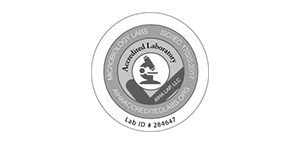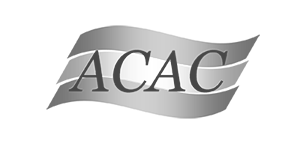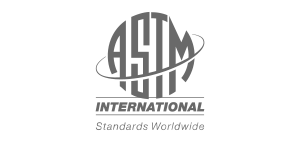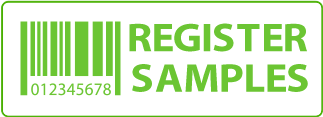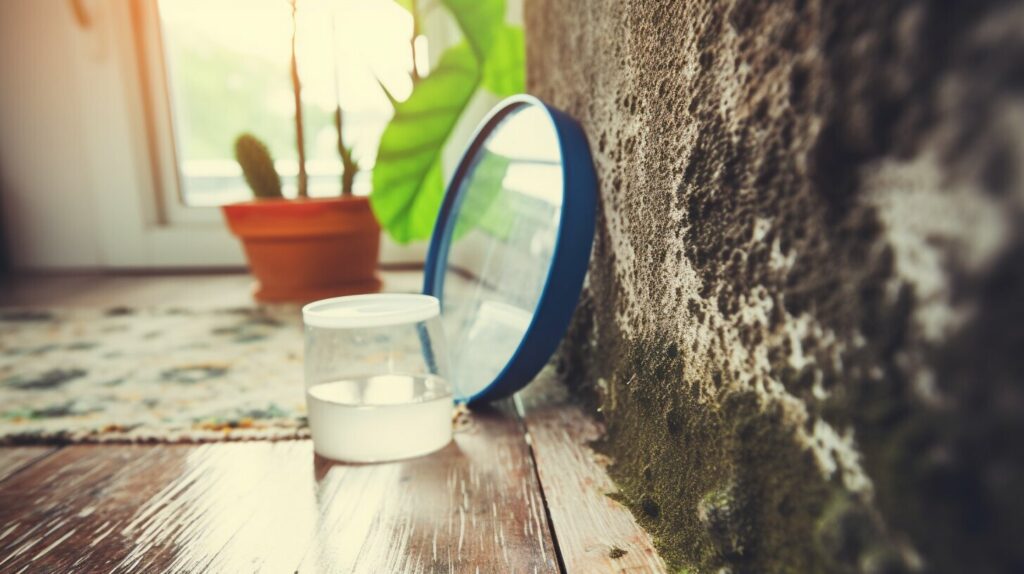
How do you identify mold in your house?
As a homeowner, it’s important to be aware of the potential presence of mold in your house. Not only can it cause damage to your property, but it can also have adverse effects on your health. In this section, we will discuss the signs and types of mold that you should look out for to protect your home and health.
Key Takeaways
- Identifying mold in your house is important for protecting your health and property.
- Signs of mold include visible growth, musty odors, and health issues.
- There are different types of mold that commonly occur in houses, and mold testing can help determine the specific type present.
Signs of Mold in Your House
Mold can be tricky to spot, but there are a few key signs that you should look out for.
The first sign of mold is visible growth. This can appear as black, green, or white spots on your walls, ceilings, or floors. If you notice any discolored patches, it’s important to investigate further to determine if it’s mold.
Another sign of mold is a musty odor. If you notice a damp, earthy smell in a certain area of your home, it could be a sign of mold growth.
Detecting Mold
Health issues can also be an indicator of mold in your home. If you experience frequent headaches, allergies, or respiratory problems, it could be due to mold exposure. It’s crucial to address these health issues and investigate to determine if mold is the cause.
By spotting these signs of mold, you can take action to prevent further growth and protect your health.
Types of Mold You Should Know
It’s important to understand the different types of mold that commonly occur in houses so that you can identify and address the issue more effectively. Here are some of the most common types of mold:
- Stachybotrys chartarum: Also known as “black mold,” this type of mold is often found in areas with constant moisture, such as leaky pipes or roofs. It can cause respiratory issues and other health problems.
- Aspergillus: This type of mold can be found in both indoor and outdoor environments and has over 185 species. It can cause respiratory infections and allergic reactions.
- Cladosporium: This type of mold is often found in areas with high humidity levels, such as bathrooms and basements. It can cause respiratory issues and other health problems.
- Penicillium: This type of mold is commonly found in carpets, wallpaper, and other fabrics. It can cause respiratory infections and allergic reactions.
To determine the specific type of mold present in your house, it’s important to conduct mold testing. This can be done through DIY mold testing kits or by hiring a professional mold inspector.
Steps for Mold Prevention
You can take several steps to prevent mold growth in your home.
First, perform regular inspections of your house. Look out for signs of water damage, such as leaks or condensation, and address them promptly to prevent mold growth.
Maintain a clean and dry environment to discourage mold growth. Be sure to clean up any spills or leaks immediately. Use exhaust fans in the bathroom and kitchen to improve ventilation and reduce humidity.
Keep indoor humidity levels below 60% by using dehumidifiers or air conditioners. Don’t forget to regularly clean and maintain these devices to prevent mold growth in them.
Address any water leaks or damage to walls, floors, or ceilings immediately. This includes repairing any plumbing leaks or roof leaks and cleaning up any water damage within 24-48 hours.
Lastly, consider scheduling a professional mold inspection every few years to catch any potential mold growth early and prevent it from becoming a larger issue.
Mold Removal and Remediation
If you have identified mold in your house, it is important to take steps to remove and remediate it as soon as possible. Ignoring the problem can lead to health issues and extensive damage to your home.
Before beginning any mold removal, it is important to address the root cause of the mold growth to prevent it from returning. This may involve fixing leaks or increasing ventilation in damp areas.
If the mold growth is limited to a small area, you may be able to remove it yourself using household cleaning products such as bleach or vinegar. Be sure to wear protective gear, such as gloves and a mask, to avoid inhaling the mold spores.
However, if the mold growth is extensive or black in color, it is recommended to seek professional help. Professional mold remediation services have specialized equipment and techniques to safely and effectively remove the mold.
During the mold removal process, it is important to contain the affected area to prevent the mold from spreading to other areas of your home. The area should also be thoroughly cleaned and dried to prevent future growth.
After the mold removal is complete, it is important to regularly monitor the area for any signs of mold growth. Additionally, it may be helpful to test the air quality in your home to ensure that mold spore levels are within a safe range.
By following these steps for mold removal and remediation, you can ensure a safe and healthy home for you and your family.
FAQ
Q: How do you identify mold in your house?
A: Identifying mold in your house is important for maintaining a healthy living environment. Look out for signs such as visible growth, musty odors, and health issues. If you suspect mold, it is recommended to take appropriate steps to address the problem.
Q: What are the signs of mold in your house?
A: The signs of mold in your house can include visible growth on surfaces, musty odors, and experiencing health issues such as allergies or respiratory problems. If you notice any of these signs, it is important to investigate further and take necessary actions.
Q: What types of mold should you know about?
A: There are various types of mold that commonly occur in houses, such as Aspergillus, Cladosporium, and Stachybotrys. Understanding the specific types of mold can help you identify and address the issue more effectively. It may also be beneficial to conduct mold testing to determine the specific type of mold present.
Q: What steps can be taken to prevent mold growth?
A: To prevent mold growth, it is recommended to regularly inspect your house for any signs of moisture or leaks. Controlling humidity levels, improving ventilation, and promptly addressing water leaks or spills can also help prevent mold. Taking these preventive measures can minimize the risk of mold in your home.
Q: How can mold be removed and remediated?
A: When it comes to mold removal and remediation, there are both DIY methods and professional services available. It is important to address the root cause of the mold issue to prevent future growth. If the mold problem is extensive or if there are underlying issues, it may be necessary to seek the assistance of professionals.
If you need professional mold assistance, our address is 1320 Ellsworth Industrial Blvd NW b2400, Atlanta, GA
Contact My Mold Detective today at 404-844-4200

